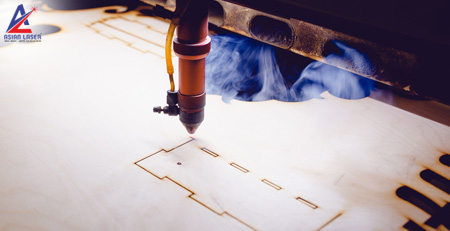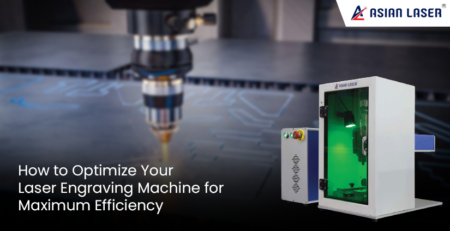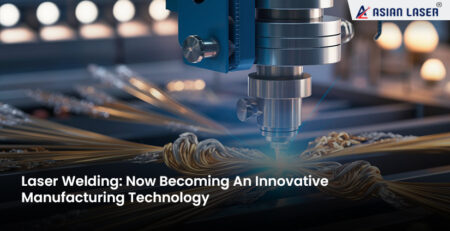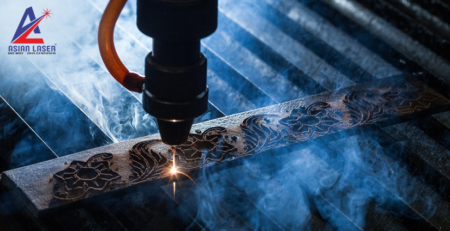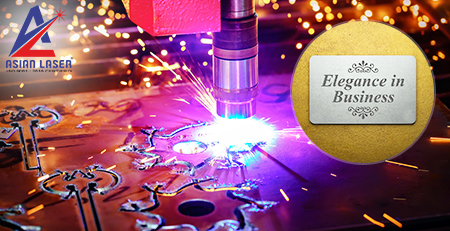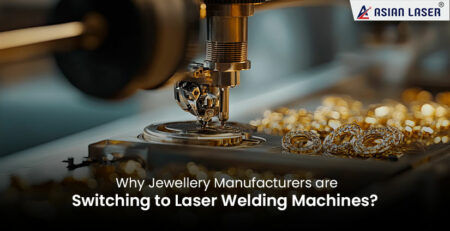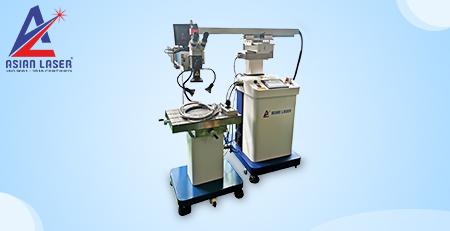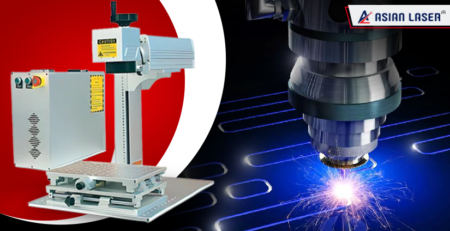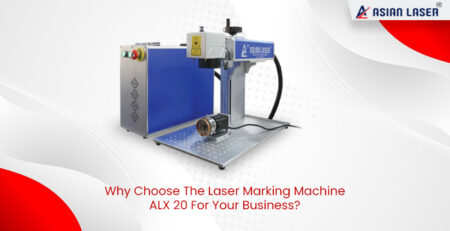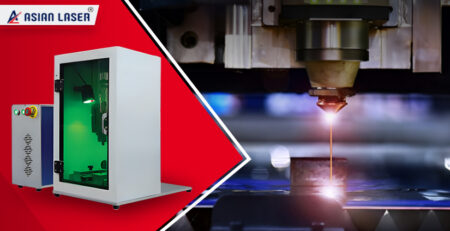A few things you should avoid about laser engraving machine
Be it an accomplished engineer or a fresher; learning to use the equipment correctly is essential to avoid pitfalls and mistakes. It needs time and expertise to counter these mistakes. Repeatedly, consumers revisit issues and complaints, leaving designers wondering where they went wrong.
This is altogether used in the fields of product customization, and laser engraving is one among the foremost common areas.
Below are a couple of belongings you should avoid laser engraving machine:
Mistake 1: Engraving Fabric but the Laser Burns over the fabric
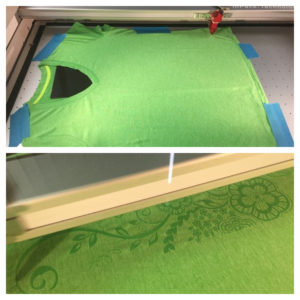
Image credit:- Instructables
The first step in preventing burning material with a laser machine is to know which structures can withstand the method and at what temperatures. More authentic materials like denim, canvas, and leather can withstand higher power settings during engraving. But when it involves delicate fabrics, it’s essential to start your settings at high speed and low power. Test these initial settings on some additional material, and if the material can withstand it, increase the facility until you get the results you’re trying to find.
When it involves direct-to-garment engraving, it’s helpful to lower the dots per inch at which you engrave. The higher the DPI, the more material is going to be removed. Engraving at a lower DPI helps make sure the laser just slightly vaporizes the highest layer and doesn’t burn entirely through the material.
Mistake 2: Acrylic Doesn’t allow a Frosty White Engraving
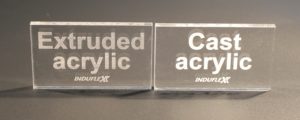
Image credit:- PMMA
More than likely, this is often caused by using the incorrect acrylic within the application. Two sorts of acrylics are typically utilized in laser engraving, and both are suitable for various applications.
Cast acrylic sheets and objects are made up of a liquid acrylic that’s poured into molds, which will then be set into various shapes and sizes. This sort of acrylic is right for engraving because it becomes a frosty white colour when hatched, making it suitable for awards and plaques. It is often cut with a laser, but it won’t give projects flame-polished edges.
The other sort of acrylic utilized in laser engraving is named extruded acrylic, which is made into sheets by a machine. Extruded acrylic is usually less costly than cast acrylic because it’s created through a higher-volume manufacturing process. However, it does respond very differently to the laser engraving machine. This sort of acrylic cuts spotless and smoothly and delivers a flame-polished edge; however, when engraved, it doesn’t provide that frosted look, but rather a particular engraving. So, confirm you’re using cast acrylic if you would like a frosted white finish.
Mistake 3: Inconsistent Glass Engraving
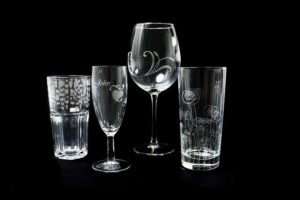
Image credit:- Trotec Laser
Often, when a laser strikes glass, it’ll fracture the surface but not engrave deeply or remove the fabric needed to stamp entirely. The fractured glass exterior will create a frosted presence but are often rough and chipped counting on the sort of glass that’s being embedded. While the frosted look is desired, nobody wants an uneven surface or chipping.
To develop a smooth frosted finish, try incorporating one or several of the ideas below:
- Use a more despicable resolution, about 300 DPI, that can provide a far better result on the glass as you separate the dots you’re engraving.
- Replace the black in your graphic to 80 per cent black.
- Run your laser engraver accurately to urge a smooth finish.
Above mentioned are a number of the mistakes that are common among laser engraver. It includes especially those that are starting as a replacement engraver. However, it is often easily avoided if you’re taking care of specific points.
To know more or get one laser machine for your business, contact Asian Laser, one of the leading laser integrators in India:

